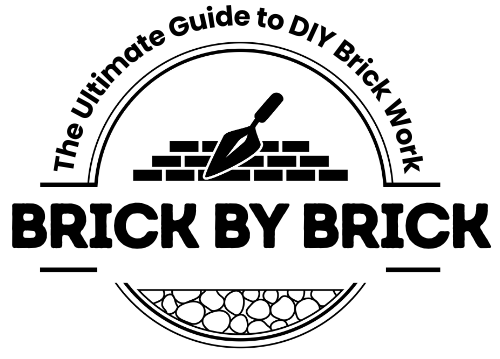Brick pavers are a popular choice for many landscaping projects due to their durability, aesthetic appeal, and versatility. They can be used in a variety of outdoor spaces, including driveways, walkways, and patios, adding a touch of elegance and timeless beauty. This article provides a comprehensive guide to the fundamental aspects of brick paving.
Understanding Brick Pavers
Brick pavers, also known as paving stones, are made from clay that’s been moulded and baked in a kiln. They come in a variety of colors, shapes, and sizes, allowing for versatility in design. For outdoor projects, bricks are a preferred choice due to their resistance to extreme weather conditions and their easy maintenance.
Choosing the Right Brick Pavers
When selecting brick pavers for your project, consider factors such as the color, shape, and pattern. The choice largely depends on the aesthetic you want to achieve. For instance, traditional rectangles and squares are ideal for a classic, timeless look, while irregular shapes add a unique, rustic charm.
Tools and Materials Needed for Brick Paving
The basic tools needed for brick paving include a shovel for excavation, a trowel for spreading sand and leveling the base, a rubber mallet for setting the pavers, a carpenter’s square for maintaining straight lines, and a broom for cleaning. Materials needed include the brick pavers, sand for the base and joints, and landscape fabric to prevent weed growth.
The Process of Brick Paving
Step 1: Marking the Area
Start by marking out the area where you want to lay the pavers. This can be done using stakes and string for straight edges or a garden hose for curved edges.
Step 2: Excavating the Site
Next, excavate the area to the appropriate depth, taking into account the height of the pavers and the base material.
Step 3: Preparing the Base
After excavation, the base material, usually a mix of gravel and sand, is added and compacted. It should be level to ensure an even surface for the pavers.
Step 4: Placing the Brick Pavers
Start placing the brick pavers from one corner, keeping them snug against each other. Use a rubber mallet to set each paver firmly in the sand.
Step 5: Filling the Joints and Finishing
After all the pavers are in place, sand is swept into the joints to lock them together and prevent shifting. Finally, any excess sand is swept away for a clean finish.
Conclusion
Brick paving is an excellent choice for enhancing the aesthetic appeal and boosting the functionality of your outdoor spaces. It’s a project that can be undertaken by homeowners with a knack for DIY tasks, but professional help may be necessary for larger or more complex projects. Regardless, the result is a durable, attractive surface that will serve you well for many years.
